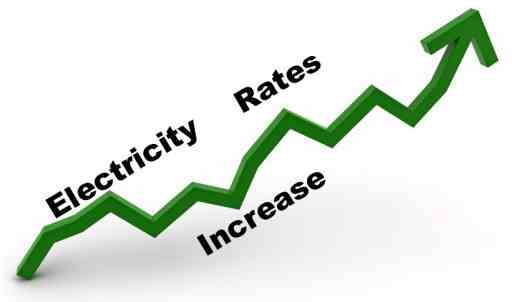 Last
week I received a notice from the United States
Geological Survey (USGS) Newsroom. The
Press Release stated that the, “Science
papers, posters, and other types of information
used to inform and update Klamath Basin public
and private sector stakeholders at the 2010
Klamath Basic Science Conference have been
published by the USGS in an Open File Report
that is now
available online.” Last
week I received a notice from the United States
Geological Survey (USGS) Newsroom. The
Press Release stated that the, “Science
papers, posters, and other types of information
used to inform and update Klamath Basin public
and private sector stakeholders at the 2010
Klamath Basic Science Conference have been
published by the USGS in an Open File Report
that is now
available online.”Of course, I am always interested in science and technology, so I ‘Clicked.’ You too, can ‘Click’ on the link above and get your own copy. Be forewarned; there is certainly a lot of information in the 320 page file. A couple of days later, on Aug. 16, 2011, I read an online article at The Progressive Farmer that refers to the same USGS publication.This article, by Todd Neely, has a sub-heading that reads, “Agriculture Faces Higher Electricity Costs.” Additionally, Neely interviewed several people about electricity and future rate increases. Some of those references read as follows:
However, in the USGS science document there is very little discussion about the amount of electrical power generated by the hydropower projects that are targeted for removal. The word “electricity” only occurs once, on page 86, in the following context: “Keno Dam does not produce electricity but regulates the water level in Keno Reservoir as required under the operating license for the project issued by the Federal Energy Regulatory Commission. “The section of river comprising the Klamath Hydroelectric Project flows through 103 km of bedrock canyon channel that is composed of step pool and riffle pool morphology...” After 103 km of Hydroelectric Project there
is no mention of how much power is actually
generated by PacificCorp’s dams. Don’t
misunderstand. Electric power generation is
mentioned. On page 3, “Concerns about effects of
hydroelectric power generation and other uses of
dams on Pacific salmon are signature issues in
California and the Pacific Northwest.” The 250-mile-long (402.34 km) Klamath River begins at the outlet of Upper Klamath Lake, which is controlled by the Link River Dam. The first mile downstream of the lake is named the Link River. The river then flows about 2 mi (3.22 km) through Lake Ewauna and then 18 mi through a long, narrow reservoir to Keno Dam, at river mile 233 (375 km) (fig. 3-9). Downstream of Keno Dam, the river is impounded by the J.C. Boyle Dam, at about river mile 225 (362.1 km). The river enters a narrow canyon and flows freely about 20 mi (32.19 km) to Copco Lake (a reservoir). Finally, the river enters the last reservoir, Iron Gate; the dam is located at river mile 190 (305.78 km). The river then flows freely to the Pacific Ocean downstream of Iron Gate Dam. Plenty of data, certainly. Yet, a noticeable lack of any science associated with modeling future power generation needs, rate increases, or economic impacts for future energy production. Is this because...? :
Executive Order - 13211 states, “agencies shall prepare a Statement of Energy Effects when undertaking certain agency actions. As described more fully below, such Statements of Energy Effects shall describe the effects of certain regulatory actions on energy supply, distribution, or use.” Therefore, the full cost of the KBRA and KHSA cannot be understood without the completed science relating to the Statement of Energy Effects document. All of the individuals interviewed by Neely focused their concerns on future electric rates because they live and work in rural America. This is the farmland where America feeds the world. |

Our Klamath Basin Water Crisis
Upholding rural Americans' rights to grow food,
own property, and caretake our wildlife and natural resources.